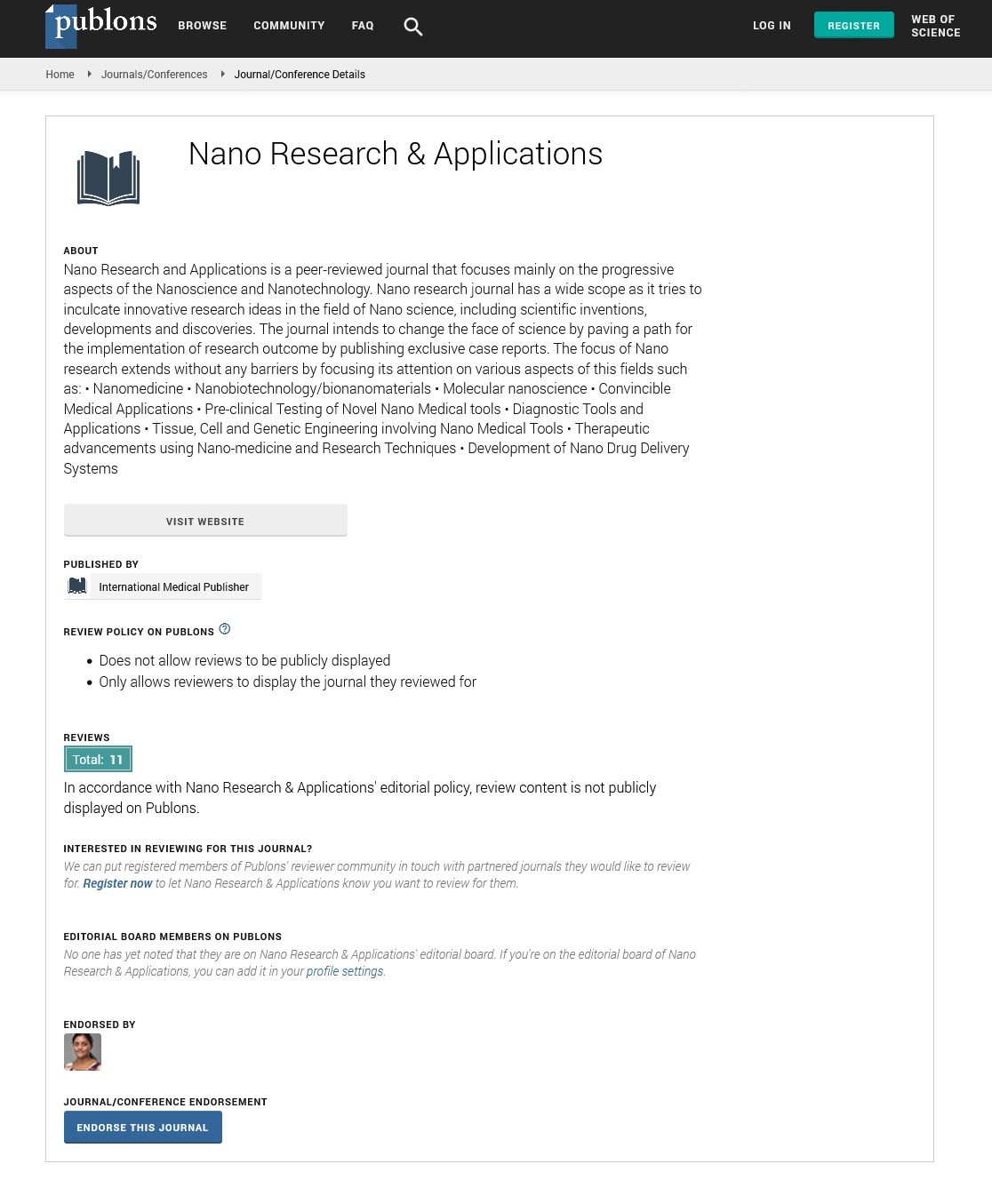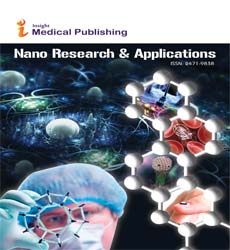Abstract
Mechanisms of metastable phase transformations in Al-Cu alloys with additions of Si, Ti and B
Different metastable phases formed during thermal treatment of Al-Cu alloys were investigated by a combination of HRTEM, TEM+EDS, and HRSEM techniques. The based Al - 4.97 wt. % Cu - 0.56 wt. % Ag alloy (A201) was modified by different additions of Si, Ti and B. Microstructure and mechanical properties were studied in the as-cast, solution treated (at 550Ë?C for ~20 hours) and aged (at 170Ë?C up to 32 days) conditions. The precipitation sequence during aging was the following: supersaturated solid solution (SSSS) ï? GP zones ï? θ'' ï? θ' + Ω ï? θ. During the early stages of aging GP, zones are nucleated as single layers of Cu parallel to {100} planes of the ïÂÂá-Al matrix. Then these GP zones are united and generate the metastable θ''- CuAl3 phase consisting of several single atomic layers of Cu, each of them separated by three atomic layers of Al. The Ag, Ti, and B additions resulted in the nucleation of metastable semi-coherent ïÂÂÃÂ? phase formed at {111} ïÂÂá-Al planes. The Si addition increased the nucleation of GP zones and inhibited the Ω phase. The following aging resulted in θ" transformation to semi-coherent metastable θ'- CuAl2. The mechanism of this transformation is discussed The next step of microstructure evolution is the diffusional dissolution of θ'' precipitates in the presence of more stable θ' and ïÂÂÃÂ? phases. The maximum microhardness corresponded to the simultaneous formation of semi-coherent θ' and Ω precipitates. After extended aging, the θ' transforms to stable incoherent BCT θ-phase
Author(s):
S. Abd El Majid
Abstract | Full-Text | PDF
Share this

Google scholar citation report
Citations : 387
Nano Research & Applications received 387 citations as per google scholar report
Nano Research & Applications peer review process verified at publons
Abstracted/Indexed in
- Google Scholar
- China National Knowledge Infrastructure (CNKI)
- Directory of Research Journal Indexing (DRJI)
- WorldCat
- Publons
- Secret Search Engine Labs
- Euro Pub
Open Access Journals
- Aquaculture & Veterinary Science
- Chemistry & Chemical Sciences
- Clinical Sciences
- Engineering
- General Science
- Genetics & Molecular Biology
- Health Care & Nursing
- Immunology & Microbiology
- Materials Science
- Mathematics & Physics
- Medical Sciences
- Neurology & Psychiatry
- Oncology & Cancer Science
- Pharmaceutical Sciences


